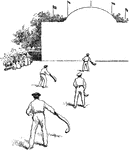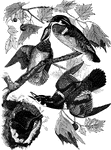Clipart tagged: ‘summer’
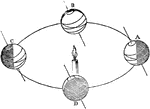
Earth Axis
"Now it is the inclination of the Earth's axis, as above described, which causes the lengths of the…

Earth Axis
"Now it is the inclination of the Earth's axis, as above described, which causes the lengths of the…
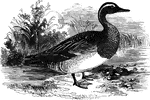
Garganey
Also known as the summer teal, the garganey is sixteen inches long and found in Southern Europe and…

Lapidary's Mill
"Part of Lapidary's Mill. A, upper summer (cut through); B, lower summer (cut through); C, spindle;…

Make Hay While the Sun Shines
"In Summer heat, when brightly shines the sun, / To make your hay, the proper time is come: / Spread…

Pelargoniums
"Some plants, like pelargoniums, can only be kept handsomely formed and well furnished by cutting them…
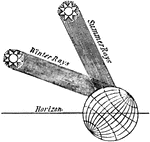
Rays
"Summer and Winter rays.—Let us suppose that the rays falling perpendicularly on a given extent…
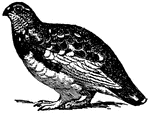
Rock Ptarmigan Summer Plumage
The winter plumage of a Ptarmigan, a grouse of the genus Lagopus. Usually a light reddish brown tint,…

Seasons
"Suppose the Earth to be in her Summer solstice, which takes place on the 21st of June. At this period…

Summer Solstice
"Relative positions of the earth and the sun on June 21, the summer solstice. Summer and long days north…

Winter Solstice
"Relative positions of the earth and the sun on December 21, the winter solstice. Winter and short days…
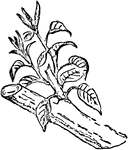
Summer Pruning
"Summer Pruning should be performed while the shoots are yet young and succulent, so that they may be…
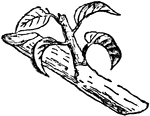
Summer Pruning
"Summer Pruning should be performed while the shoots are yet young and succulent, so that they may be…

Pea Weevil
"Pea weevil; adult. The pea weevil (Bruchus) is often found in peas in its larval state during summer…

Pea Weevil
"Pea weevil; pupa. The pea weevil (Bruchus) is often found in peas in its larval state during summer…
